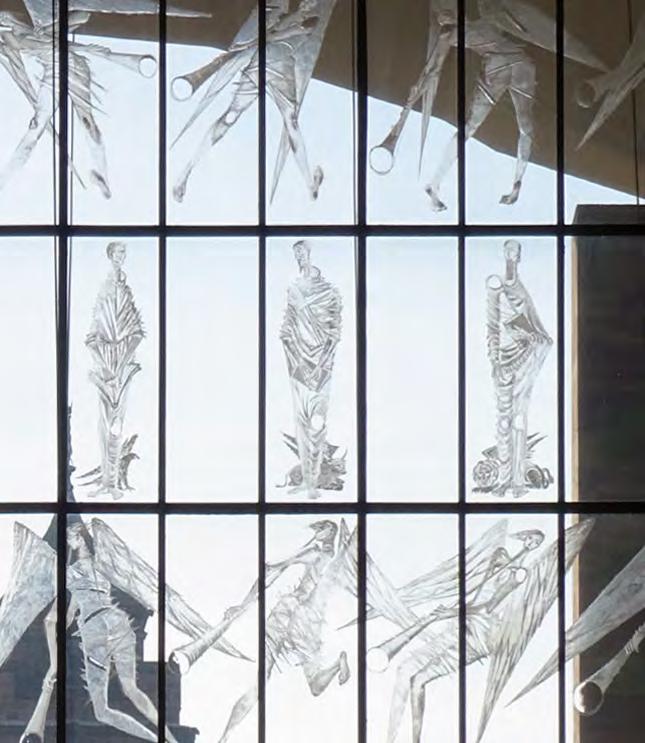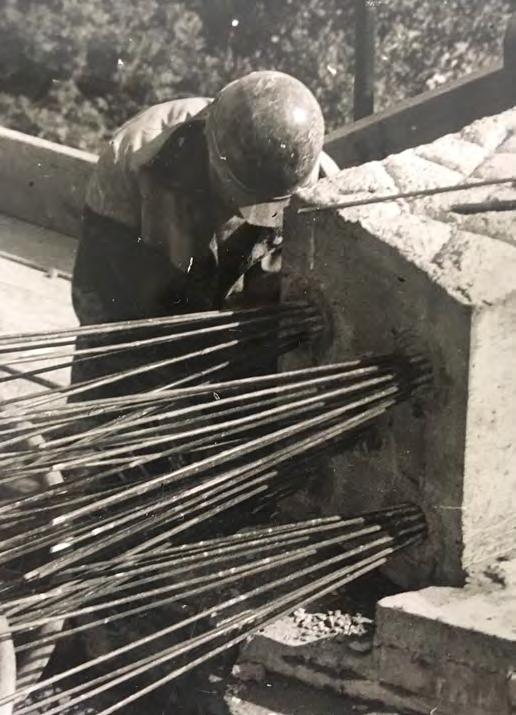CONSERVATION FRAMEWORK
5.2.7 PRINCIPLE 5: RECORD AND MONITOR ALL CHANGE TO INFORM FUTURE PROPOSALS. This CMP seeks to ensure all change is carried out in a transparent and repeatable way, and that all change is recorded and monitored for the future. An understanding of what was done and why is essential to the long-term conservation of the place. At this crucial point in the life of the new cathedral, there is an opportunity to set out a robust process for recording and archiving, as information is created.
Assessment questions: • Has the change been recorded (before and after works) to the appropriate level of detail? o
•
Are the processes for archiving fit for purpose? o
The appropriate level of recording for each intervention should be agreed on a case-by-case basis but should follow best practice set out by Historic England in Understanding Historic Buildings (2016). At a minimum, the recordings should be deposited in the Cathedral’s internal archives and with the local Historic Environment Record maintained by the Council. Beyond this, there is an opportunity to further our understanding of Post-War buildings on a national and international scale, by disseminating findings to wider audiences to improve understanding, interpretation, and scholarship. Many professional consultants or contractors will be involved in the care of the Cathedral and it will be vital that their knowledge is also captured, and their records archived.
Action: review Historic England levels 1-4 for proportionate recording. 52
Action: assess the existing cathedral archives and to what extent they are accessible and useable.
•
Have research and outputs from external contractors been requested?
•
Has the final report been deposited with the local Historic Environment Record?
•
Have additional gaps in knowledge or research questions arisen from the recording exercise?
52
Compliance with policy and guidance Care of Cathedrals Measure 2011: Chapter must seek and obtain approval before implementing any works that would materially affect the architectural, archaeological, artistic or historic character of the Cathedral church, its immediate setting or any archaeological remains.
o
Can questions be answered through student placements?
o
Should an expert be employed to carry out research?
https://historicengland.org.uk/images-books/publications/understandinghistoric-buildings/heag099-understanding-historic-buildings/
109
Historic England Conservation Principle 2: Everyone should be able to participate in sustaining the historic environment Principle 4: Significant places should be managed to sustain their values Principle 6: Documenting and learning from decisions is essential ICOMOS, Approaches to the conservation of 20th century cultural heritage 2017: Article 2: Apply appropriate conservation planning and management methodology. Article 3: Research the technical and planning aspects of twentieth-century cultural heritage.














